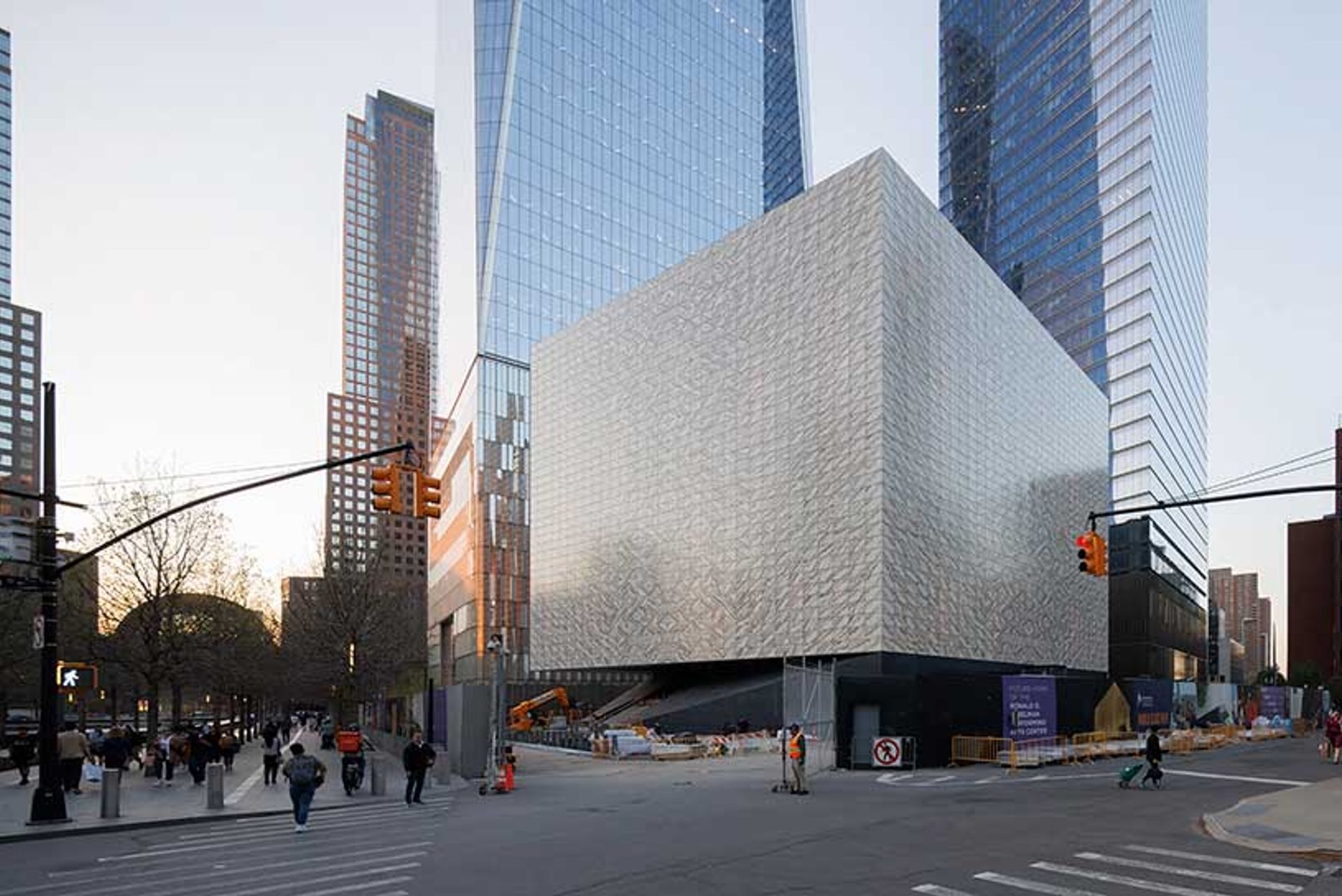While a global museum-building boom continues, according to the eighth edition of AEA Consulting’s Cultural Infrastructure Index, a growing number of these projects have focused on adaptive reuse and renovations. In addition, their overall size has gone down by a third, suggesting that uncertain economic conditions, rising construction costs and changes in visitor behaviours are altering the shape of museums and cultural spaces.
“It matches what we’re seeing a bit more anecdotally, from the consulting and planning side of things,” says AEA’s managing director, Daniel Payne. “Organisations now are interested in slightly smaller, more incremental additions or renovations that can be more responsive to community needs and oriented towards what an audience wants.”
AEA is a consulting firm specialising in cultural and creative industries, and its annual report tracks publicly available data on cultural infrastructure projects with a budget of at least $10m, including museums and galleries, performing arts spaces, culture districts and immersive venues.
AEA found that 192 projects had been completed in 2023, accounting for more than $8.6bn of investment and a rise of 4% in volume and 10% in value from the year before. The number of new projects announced last year (198) had decreased by 12%, however, and their overall value had dropped by 23%, from $7.3bn in 2022 to $5.6bn. Furthermore, the overall scale of the buildings—both those completed and announced—dropped by 31% from 4.7 million sq. m to 3.2 million sq. m, as did the median budget size (from $30m to $26m).
Some of the reduction in reported project values might be due to institutional leadership’s reluctance to attach final budget costs to a project early on, according to Payne. “People are a little bit more hesitant about announcing a dollar number next to a project that may be completed in four or eight years, because there has been more uncertainty around some of those costs and lots of escalation in the construction market,” he says. In fact, the report found that construction costs for cultural projects grew across the board, with museums and galleries particularly feeling the pinch as their expenses went up by almost 50% on the previous year, to $8,970 per sq. m. “So there may be some investment that’s being planned for but hasn’t been fully announced yet,” Payne says.
This trend might be why many organisations are looking at more cost-effective renovations and adaptive reuse of existing buildings, rather than building expensive and expansive new homes for themselves. AEA found 78 of these kinds of projects completed in 2023, accounting for 41% of the total.
“That’s not to say that there aren’t any large-scale projects or that there won’t be as we look forward,” Payne points out. “There are still places that don’t have the level of cultural infrastructure that we might in the US and Western Europe. So there’s still room for that investment. And we’re seeing some of those projects get planned.”

The Perelman Performing Arts Center, New York Photo: Iwan Baan
This is not a new trend, but something that has been developing over the past 25 to 50 years, Payne adds, particularly in cities outside of the Global North. This has been driven by the growing ease of international travel, making countries that were once out of reach for many arts and culture enthusiasts more accessible, but also from many countries’ desires to create world-class buildings to protect and display their heritage.
“Looking at repatriation and the restitution of objects, many [Western] organisations have long had the ‘excuse’ that there’s not the infrastructure [in the objects’ source countries] that’s going to keep them safe… the conditions won’t be right, and they’ll deteriorate or whatever the implication is,” Payne says. “Now, those places are saying, ‘It’s important for us to keep our cultural heritage at home, or bring it back home, and therefore we need to build the spaces that can safely house these objects.’” Among the major projects highlighted in the report that were completed outside of the traditional cultural capitals are the Graeco-Roman Museum built in Alexandria, Egypt, at a cost of $14m.
And while two of the three biggest projects completed last year were in the US—the Perelman Performing Arts Center ($500m) and the new Gilder Center at the American Museum of Natural History ($465m), both in New York—the geographic area that probably has the largest chunk of new cultural infrastructure investment in the works is the Middle East, Payne says.
“It’s still in the earlier planning stages than what’s happening in the US, and it’s a smaller geographic region, so it may not, in the end, have as many projects,” Payne says. “But if you want to look at large-scale infrastructure projects, and where that’s going to go? That’s where I would put more of my attention.”










